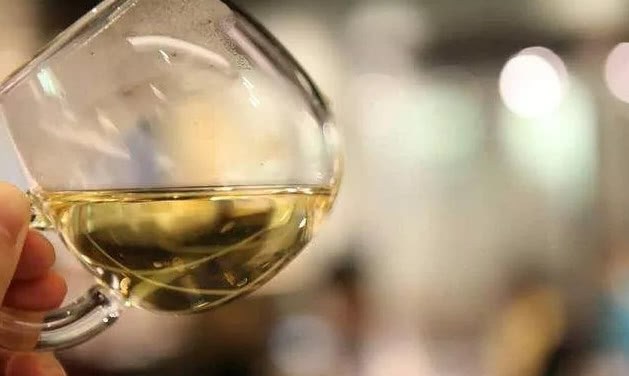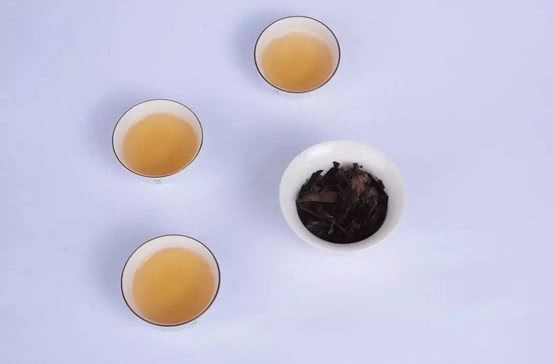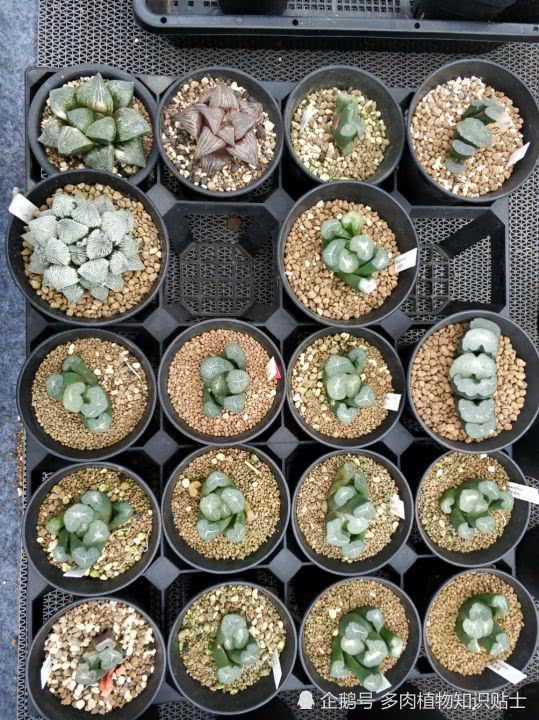Can you tell whether Fuding white tea is good or bad at a glance?

Beginners of tea often face a test, that is, how to quickly judge the grade of this tea. This is not only about face, your tea level is your capital to make tea friends, but also the fundamental reason why you can continue to drink good tea!
Seriously, to know tea requires long-term experience, a large number of samples, can not be made quickly. But there are always some general rules that allow you to filter out too much interference by exclusion and learn and compare in a more standardized sample.
Before opening the soup
1, look at dry tea, as a whole: neat, neat color, no too many broken impurities for the top; different thickness, obvious color difference for the bottom, and there is a suspicion of matching.
2, look at dry tea, individual: tight knot, oily luster, natural color; uneven, dull and dull, too bright color, or especially dry and without vitality.
3. Smell dry tea: the aroma is pure, the penetration is strong, the smell is different, and the aroma is erratic. However, not all good tea will be fragrant, especially new white tea, dry tea may not smell fragrance. Here, it is necessary to distinguish between light aroma and erratic negative aroma. To put it simply, it can not smell good, but it can't smell bad.
Second, when opening the soup
1. Look at the cup lid: if you are soaking with a lid bowl, pay attention to the floating foam when washing tea, it will dissipate quickly, the cup lid is basically free of impurities; if there are many floating foams, there are more impurities left on the cup lid. It makes a lot of sense that good tea is taken seriously throughout the production and storage process.
2. Smell the cup lid: first of all, there is no unpleasant smell when it is hot, plus the aroma is rich and pure, and the wall is hung for a long time after cooling; the hot smell is sour, astringent, coke and other peculiar smell, the aroma is miscellaneous, and the one that does not last is below.
III. Tasting and drinking
1. Tea entrance: the taste of tea soup is rich and colorful, which is difficult to describe one by one, but there is one thing in common: the higher the degree of integration of tea and water, the better. To borrow the tea friend's mantra "this tea makes the water taste good" is the simplest but most difficult requirement to achieve. If this tea really pleases you, it must not be bad!
2, aftertaste: tea soup under the throat, the real test of tea has just begun. The throat is smooth, the fragrance stays in the oral cavity and nasal cavity for a long time, the tongue or oral cavity is strong, the aroma is not as strong as the tea soup in the mouth, the tongue is astringent, and there seems to be a sticky feeling of plastic film in the mouth. this kind of tea must have many problems, such as the raw material grade is old, or the production process is not in place, or the storage is hot and humid, and so on.
3, look at the soup color: clear and transparent for the top, muddy for the bottom.
4. Look at the change of soup color: if the brewing technique is normal, then the change of soup color in the whole drinking process can see the grade of white tea. The whole soup color is stable and gradually fades to the top; after a few courses, the landslide is severe, and it is very intolerant of bubbling. If there is a rapid change in the quality of tea, we should be careful of the possibility of "relying on technology to upgrade the grade of raw materials".
After tasting and drinking
Look at the bottom of the leaf: the bottom of the leaf, like a woman's skin, cannot keep a secret. This is a very deep knowledge. I will only talk about the simplest points today.
1. Flexibility: the bottom of a good leaf should relax naturally, soft and elastic (is it very similar to the skin? ) too stiff or too delicate is not good. If you gently knead it with your hands, it is better if you don't crush it easily than if you pinch it.
2, uniform color: at a glance, the bottom of the leaf shows a uniform color, there is no obvious depth for the top; mottled alternately, or deep or light, should be careful. If there is burnt erythema in the leaf, the production process is not good enough.
3. Glossy: the leaf bottom is naturally dried for a few minutes after the leaf bottom is controlled to remove moisture, and the rapidly dehydrated surface must not be as dry as keeping the oily leaf bottom all the time. This is similar to the water-locking ability of the skin.
Want to know more about white tea
Welcome to the official account of Wechat [Riquan Tea Factory, official account ID:15659252304]
- Prev

Which is the reason for the depth of drinking Fuding white tea?
Compared with rock tea, Pu'er and Tieguanyin, white tea is not famous for its strength and thickness. it has the original flavor, freshness and elegance, and the fragrance of flowers after rain. Yes, it is like a girl from the countryside, pure and simple.
- Next

Succulent Xiaobai greenhouse can't stop buying while watching.
Thank you for allowing VS Forsythia forsythia material to play in the greenhouse for the first time. I felt very novel when I saw everything. Moreover, I had heard of a certain shed as soon as I entered the pit. I was so happy to visit my aunt's mother's shed behind two tuhao. The landlord follows Jingtian.
Related
- Wuhan Hospital Iron Tree Blooming Result Was Instantly Frightened by the Gardener Master
- Which variety of camellia is the most fragrant and best? Which one do you like best?
- What is the small blue coat, the breeding methods and matters needing attention of the succulent plant
- Dormancy time and maintenance management of succulent plants during dormancy
- Minas succulent how to raise, Minas succulent plant pictures
- What are the varieties of winter succulent plants
- How to raise succulent plants in twelve rolls? let's take a look at some experience of breeding twelve rolls.
- Attention should be paid to water control for succulent plants during dormant period (winter and summer)
- Watering experience of twelve rolls of succulent plants
- Techniques for fertilizing succulent plants. An article will let you know how to fertilize succulent plants.

